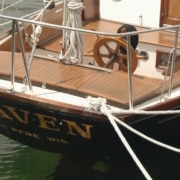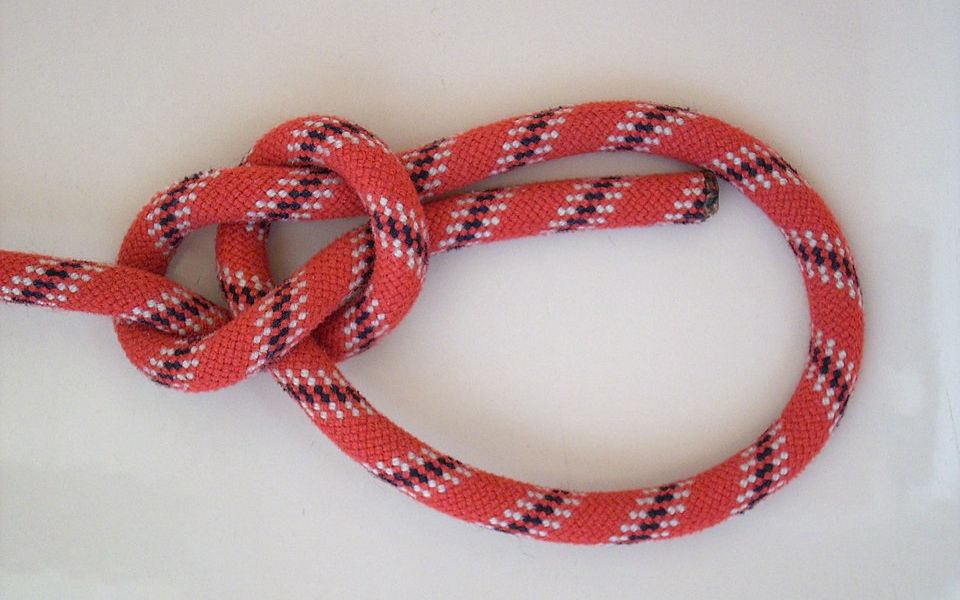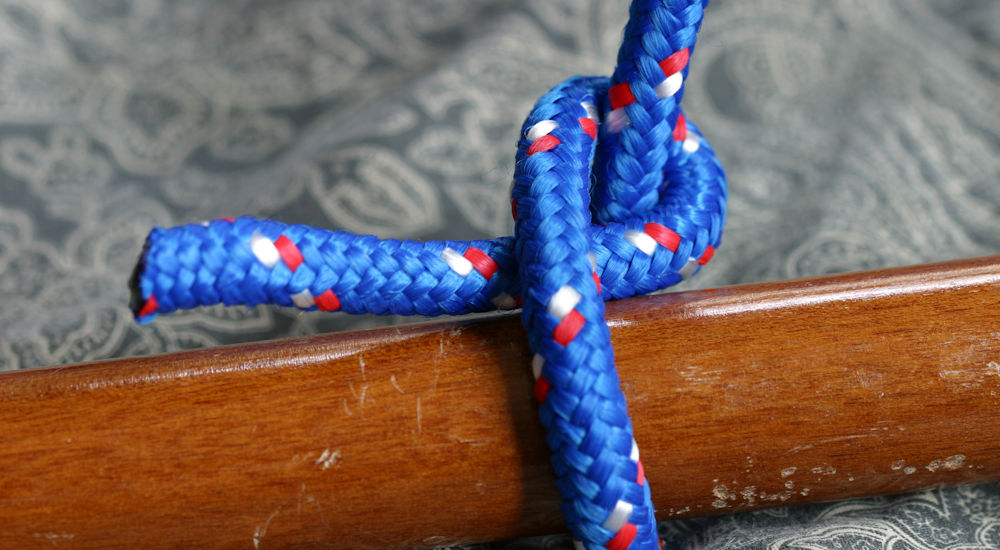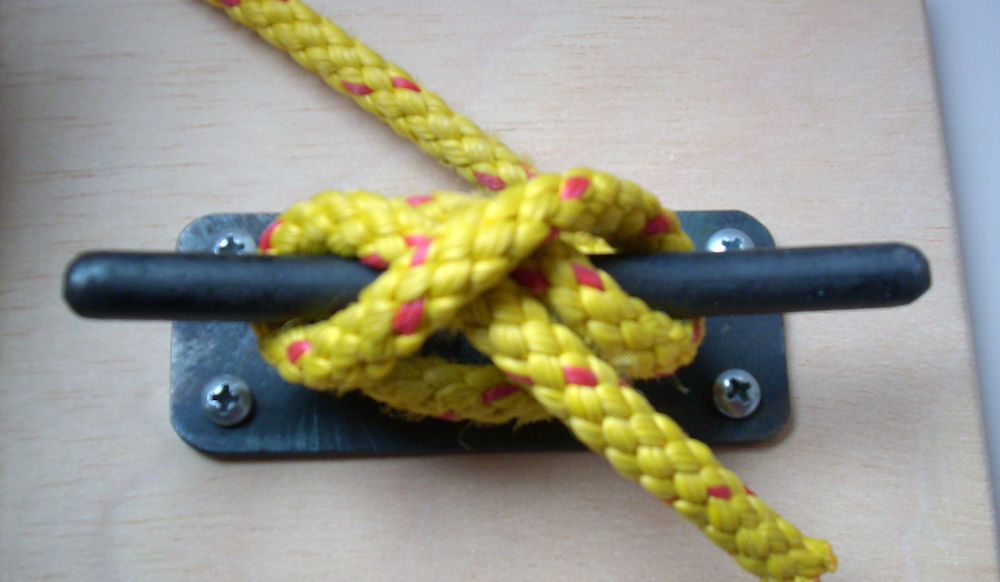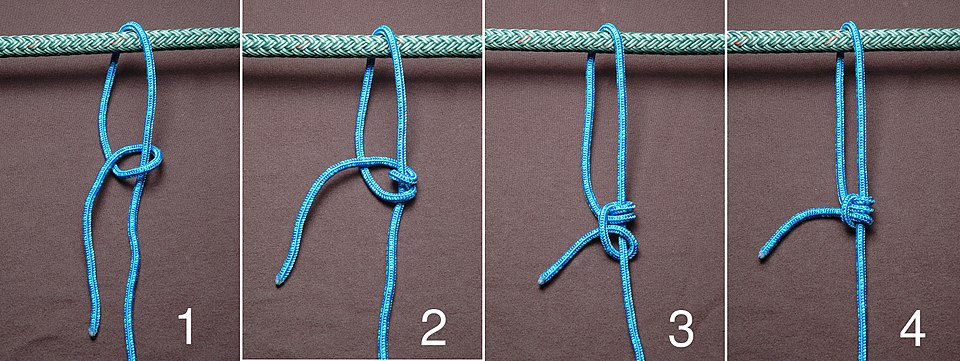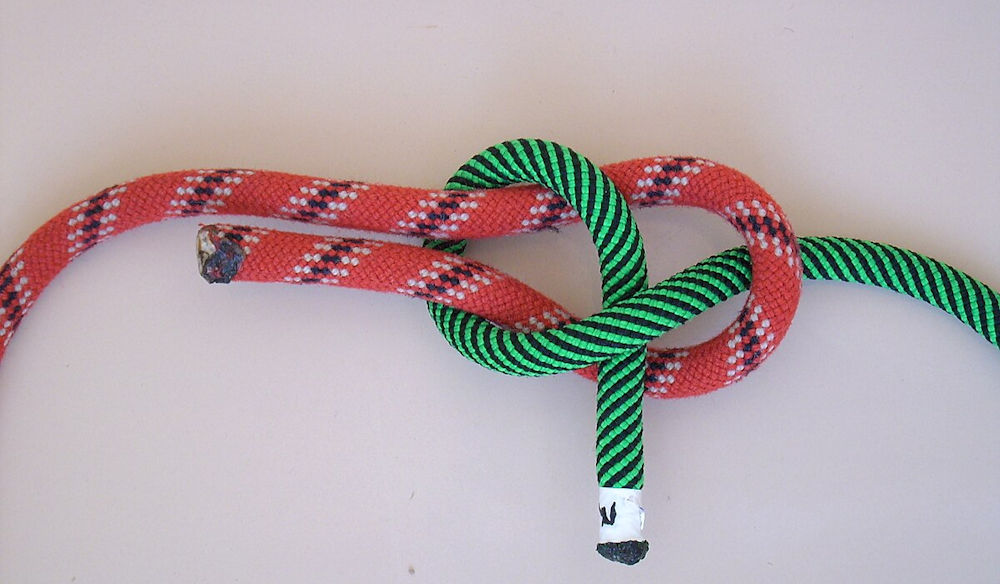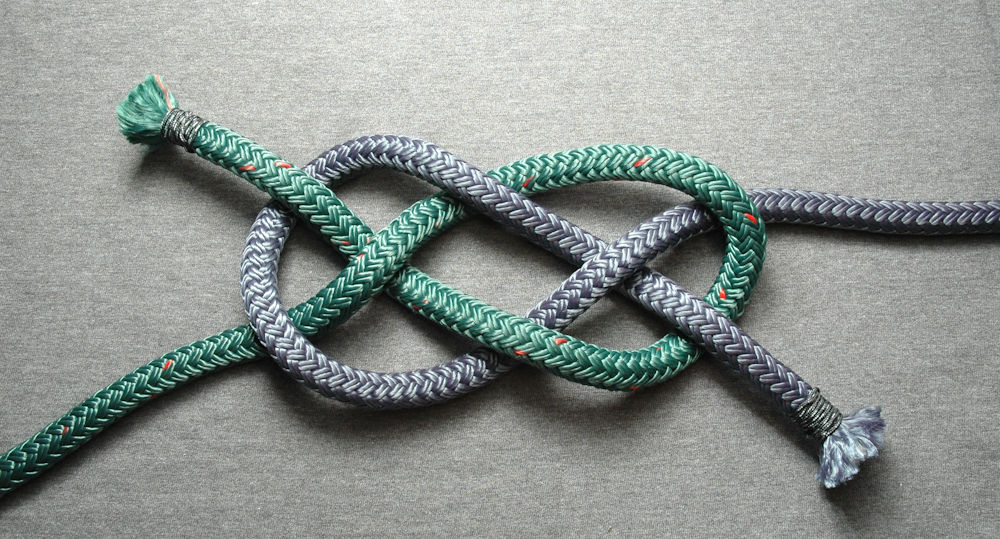How to Make the Most of Virtual Boat Shows
Explore All the Options and Products from the Comfort of Your Own Home
In 2021, Canadian Boat Shows are going virtual in response to efforts to get COVID-19 under control. Vendors, brokers and presenters have had to get creative in this new online space, but they’re taking the challenge and filling their sails. As more virtual boat shows launch, the online platform could reach larger audiences than ever before. If you’ve always dreamed of attending an international boat show in Europe, now’s your chance.
Obviously, the experience is different from attending a boat show in person, but there’s no reason to say that you can’t still take advantage of an online showcase. In fact, it opens an opportunity to “visit” boat shows all around the world from the comfort of your own home. Whether you are brand new to yachting or already an experienced yachter, the new online format will have a plethora of online boating knowledge, tips and tricks for you to take advantage of.
Today’s boat shows feature live or pre-recorded interviews with brokers and builders, a detailed video walkthrough via Zoom, virtual boat tours or presentations to a registered audience and other exclusive features available to registrants. If you have a few boats in mind that you haven’t been able to see in person yet, give the virtual boat show a try! The one-on-one format could be one of the most relaxed, unscripted ways to “tour” a boat.
Tips for the Best Virtual Boat Show Experience
- Find a quiet, comfortable space where you can talk and listen without being interrupted
- Know the platform you’re using and test your audio / video before the show starts
- Have a list of products and accessories you’re interested in and would like to learn more about
- If you have a particular model or type of boat(s) in mind, this gives you the ability to do your own research and really get down to the nitty gritty with the builders and brokers. Rather than focusing on brochure basics, you’ll be able to really narrow down which model suits what you want in a boat.
- Keep a set of questions on hand for when you have an opportunity to ask fellow boaters or industry professionals. It’s easy to forget in the moment. You can also email the presenters afterwards.
- During walkthroughs, take advantage of the chat bar to ask questions as the broker leads the “tour”
- Take note of anything you notice that you’d want to upgrade or add, or anything you have a specific question about, like how the ventilation is in the cabin, how the access to the engine room is, etc, all those things that you can only experience while on board.
- Learn how to take screenshots with the device you’ll be using so you can save shots of specific angles and aspects of the layout, etc. This way you can look back on it later.
The First Virtual Boat Shows
Palm Beach, FL, started the trend with their first virtual show ever in May 2020. Next up was the 2021 Virtual Toronto International Boat Show as Canada’s first-ever virtual boat show. These have prompted other regions and even different manufacturers and builders to follow suit.
Up next is the 59th annual Vancouver Boat Show. Vancouver’s virtual boat show is being presented Feb 24-27 with free registration. It offers the chance to explore virtual exhibitor spaces without the hassle of crowds. Schedule a meeting, join a live chat, email your questions, and browse the products. Also, enjoy exclusive live content, live Q&A sessions with industry pros, and attend online workshops and seminars to learn all about the newest advances in the boating world. To register and receive more information, visit Vancouverboatshow.ca
Boatinternational.com is hosting an ongoing virtual boat show, complete with a vendor map, spotlight on the latest and greatest yachts, exclusive announcements, and videos detailing the hottest new boats from bow to stern. Boating enthusiasts can also take part in live discussions, interviews and events hosted by Boat International journalists.
Sail Magazine has also jumped on board, with their digital boat show. With new vendors added daily, the show is growing continuously. Learn about product information, watch boat testing and watch web exclusive videos like Reaching Reality – a Sailing Docuseries. While not as interactive as the Vancouver Boat Show and Boat International’s Virtual Boat Show, there’s a wealth of information here.
A Boating Boom
With most people sticking to their family bubbles, boating has become a prime option for enjoying a holiday away from home. Gone is the option to go to Mexico or any other warm Caribbean destination. Instead, Canadian boaters and outdoor enthusiasts are embracing what’s available in our own backyard. Here on the West Coast, we have an endless array of islands and islets and calm, scenic channels. Our coast is also home to world-class diving and serious salt and freshwater fishing.
It’s not just happening here on Vancouver Island either. According to a recent Global News article, demand for a new boat is up across the country.
Some stats from The Toronto Show:
- 80% of exhibitors experienced a significant increase in enquiries/sales from new boaters and first-time buyers
- Half of all exhibitors saw an increase in inquiries/sales from customers under the age of 40
- 40% of exhibitors estimated an overall sales increase by 15% – 25%
- Pontoons, bowriders, and personal watercraft like Sea-Doos and WaveRunners were some of the top-selling categories in 2020
If you want to be on the water this summer, don’t hesitate. At Van Isle Marina, we are happy to connect in person for a tour of our top-of-the-line Pursuit Boats. We also have a wide variety of previously loved yachts and cruisers, ideal for everything from a quick cruise to a week-long adventure. Come down and visit us at our world-class sales dock or get in touch with our brokers by phone or email. We look forward to helping make your boating dreams a reality!
